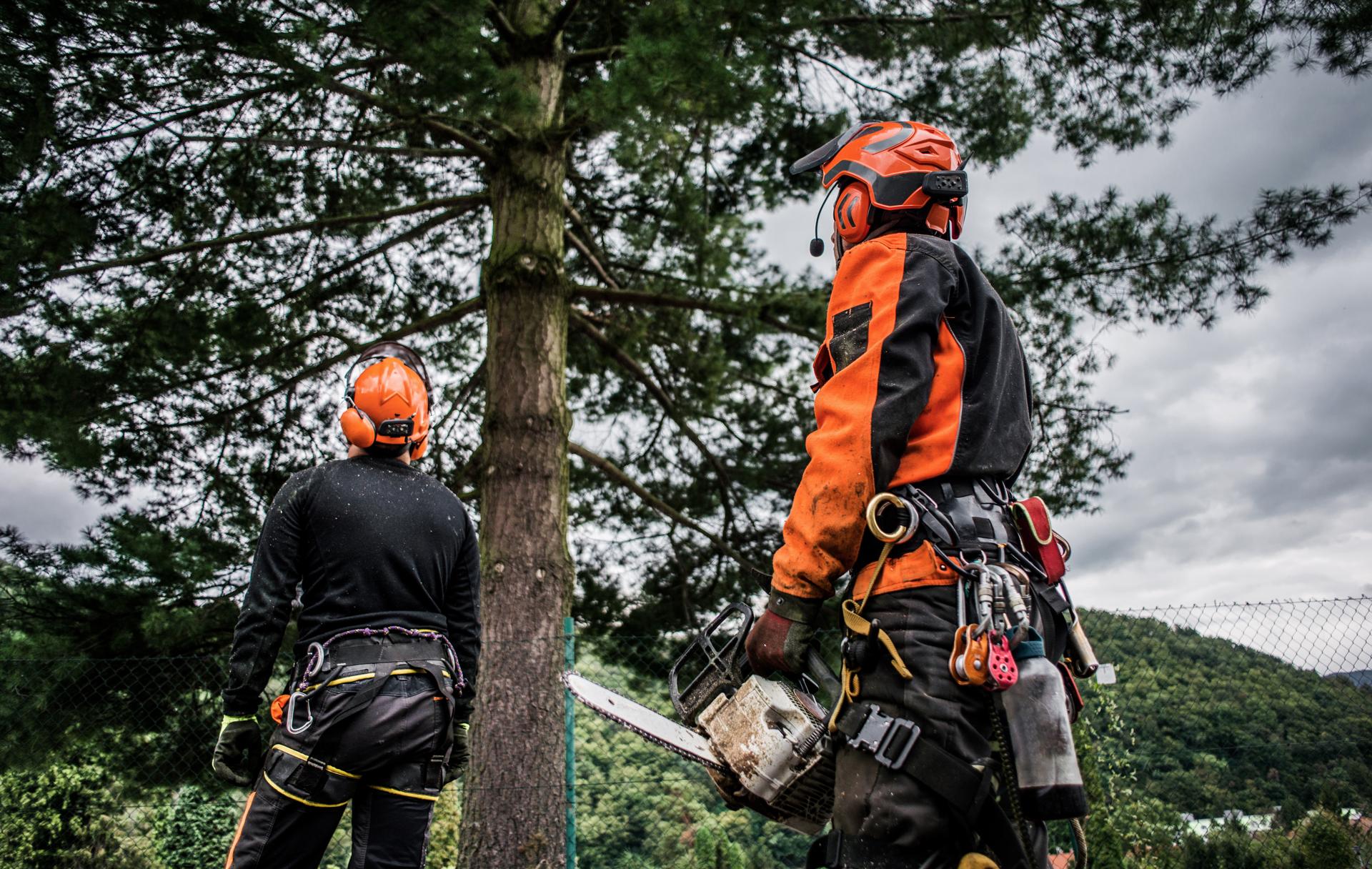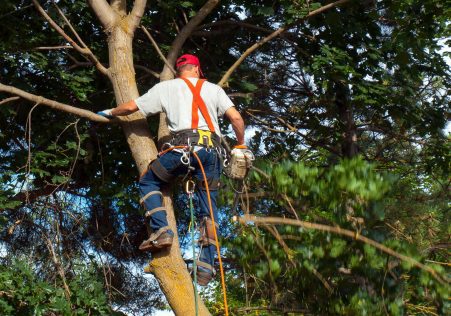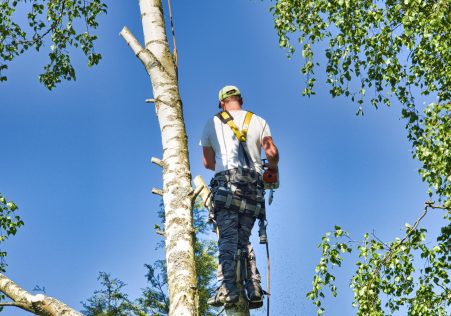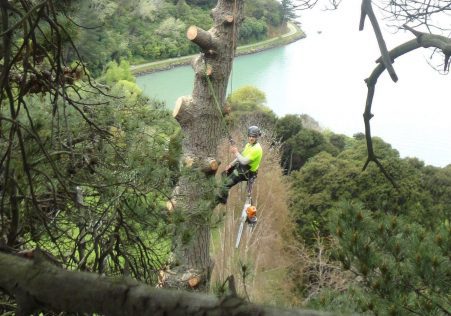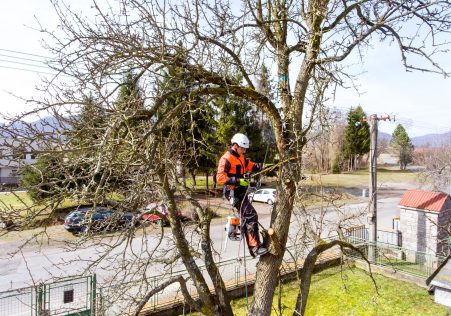Avoiding Tree Removal Errors What to do to determine If a Tree is Safe
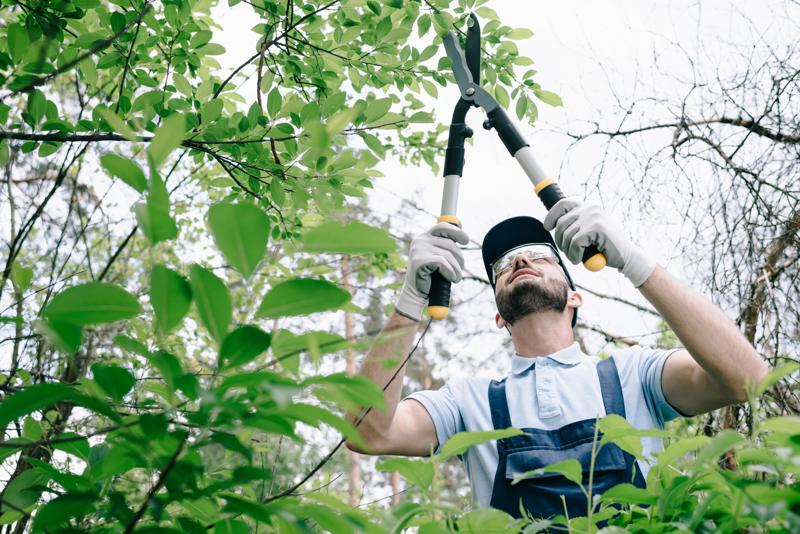
Trees play an important part in the environment as they provide shade, clean air and aesthetic value to our surroundings. However they are not all equal and some carry an additional status of protection, making it illegal to carry out any work without obtaining permission. If you’re thinking of having a tree removed it is essential to know the protection status of the tree in question, and what steps you’ll need to take to ensure compliance with the law. This article we’ll walk you through the process of discovering whether the tree is safe and exactly what steps you will need take to be sure you comply with the law.
What is a protected tree?
A protected tree is one that has been subjected to certain legal restrictions, and it’s illegal to carry out works on a tree without the required permissions. There are two kinds of protection that a tree might have: preservation orders and protection orders.
Legal protection
As a matter of statutory protection, trees are protected by laws and in the hands of Tree Preservation Orders (TPOs). TPOs are issued by local authorities to protect trees of significant value to the public and ensure they are not destroyed or damaged.
Preservation orders
Preservation orders are similar to TPOs , but are issued from the Secretary of State responsible for Environment. The trees that are protected by preservation orders are considered to have exceptional worth and are therefore protected from any work, including felling.
What can I do to determine whether a tree is safe?
To determine if trees are protected, you need to check if it is subject to the protection of a TPO or preservation or protection order. It is done by contacting the authorities in your area and asking them look up their archives.
TPO search
To search for a TPO to locate one, contact an Tree and Woodland Officer of your local authority. They will be able to tell you whether the tree is in the protection. They’ll also be able advise you about the next steps to follow if the tree is protected.
Preservation order search
To search for a preservation order, you’ll need to call secretary of state for Environment. They will be able to determine if the tree is protected and give you the required information and guidelines.
FAQs:
What is the consequence if I do work on a protected tree without permission?
If you do work on a tree that is protected without obtaining the necessary permissions, you could face massive fines or even prison.
Can I contest to a TPO or preservation order?
Yes, you are able to appeal to a TPO or preservation order if you feel that it is not justified. You will have to provide evidence to support your claim and explain that you believe that the TPO or order to preserve isn’t necessary.
Can I cut down a tree that is protected tree?
It is unlawful to take down a protected tree without obtaining the required permissions. If you want the tree to be removed then you must apply for permission and provide proof to back your claim.
Conclusion
In the end, determining if trees are protected is a vital step to ensure that tree work is legally completed. Understanding the different kinds of protection and the best way to check for them it is possible to be sure that you are acting within the law and safeguarding the trees you care for. If you’re not sure about the protection status of a tree, we recommend consulting an experienced tree expert like Penrith Tree Removal. Our arborists are experienced and will be able to advise you on the protection status of your trees and walk you through the required steps to make sure you’re complying with the law. With our experience and dedication to provide high-quality tree services we will help you preserve the beauty and value that your trees have. Call us now by calling 0480 024 203 to schedule a consultation and let us guide you on how to keep your trees protected and healthy.


